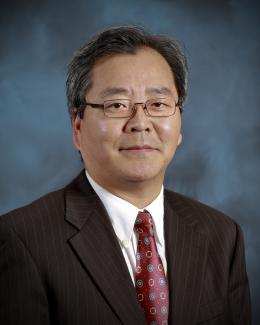Abstract
In higher plants, photosystems II and I are found in grana stacks and unstacked stroma lamellae, respectively. To connect them, electron carriers negotiate tortuous multi-media paths and are subject to macromolecular blocking. Why does evolution select an apparently unnecessary, inefficient bipartition? Here we systematically explain this perplexing phenomenon. We propose that grana stacks, acting like bellows in accordions, increase the degree of ultrastructural control on photosynthesis through thylakoid swelling/shrinking induced by osmotic water fluxes. This control coordinates with variations in stomatal conductance and the turgor of guard cells, which act like an accordion's air button. Thylakoid ultrastructural dynamics regulate macromolecular blocking/collision probability, direct diffusional pathlengths, division of function of Cytochrome b6f complex between linear and cyclic electron transport, luminal pH via osmotic water fluxes, and the separation of pH dynamics between granal and lamellar lumens in response to environmental variations. With the two functionally asymmetrical photosystems located distantly from each other, the ultrastructural control, nonphotochemical quenching, and carbon-reaction feedbacks maximally cooperate to balance electron transport with gas exchange, provide homeostasis in fluctuating light environments, and protect photosystems in drought. Grana stacks represent a dry/high irradiance adaptation of photosynthetic machinery to improve fitness in challenging land environments. Our theory unifies many well-known but seemingly unconnected phenomena of thylakoid structure and function in higher plants.


